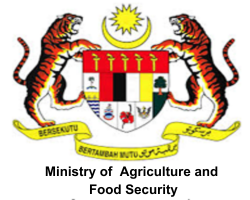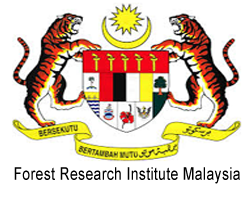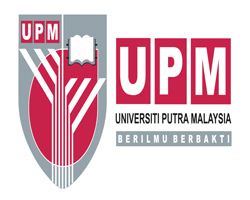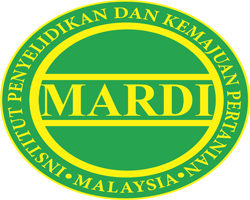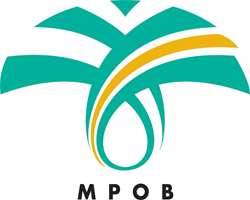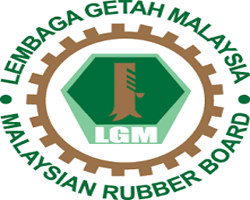Eng, Lily (2008) A presumptive field test for Huanglongbing (Citrus Greening Disease). Jabatan Pertanian Sarawak. pp. 1-10.
|
Text
arc_june_08.pdf Restricted to Repository staff only Download (226kB) |
Abstract
Huanglongbing (HLB) or Citrus Greening Disease (CGD) is a serious bacterial disease of citrus and other members of the Rutaceae. The bacterium, “Candidatus Liberibacter asiaticus”, resides and multiplies in the phloem tissue of the plant, causing the tissues to become necrotic. It is spread through planting material marcotted or grafted from infected source plants and by the insect vector, the Asiatic or Oriental Citrus psyllid, Diaphorina citri Kuwayama. Due to its obligate nature, the bacterium cannot be cultured on any growth medium, hence making its detection difficult. The current international method of detection of this pathogen is by the molecular technique of polymerase chain reaction, PCR. This method is time consuming, but if carried out correctly, can detect very low concentrations of the bacteria in the plant tissue. The precision of this method depends on the sampling technique, tissue processing, DNA extraction and PCR procedures, coupled with the experience of the laboratory staff. Other methods of HLB detection are the use of monoclonal antibodies, DNA-DNA hybridization probes, electron microscopy and thin-layer chromatography to detect the presence of gentisic acid. All these methods are laborious and hence it can take months to screen thousands of trees in a citrus orchard using these methods. With the introduction of the presumptive field test using the principle of iodine-starch reaction, precious time taken to screen all the trees in a citrus orchard is cut down tremendously. This also reduces the cost of detection, and the manpower requirement. A high level of expertise in carrying out the test is not required, thus enabling growers to carry out the tests themselves. The accuracy of this scratch test ranges from 74.5% to 89.5% in mandarins. For pummelo, the accuracy ranges from 12.5% to 51.7% using this test. However, the accuracy of this test is highly dependent on the correct selection of the infected leaves and the concentration and quality of the iodine solution used in the test. This paper describes the field testing carried out to verify the accuracy of the presumptive iodine-starch scratch test on honey mandarin (Citrus reticulata) and pummelo (Citrus maxima) by gauging it against the PCR technique. It also describes the testing of the different iodine formulations, and the type of abrasive paper to be used.
| Item Type: | Article |
|---|---|
| Creators: | Eng, Lily |
| Title: | A presumptive field test for Huanglongbing (Citrus Greening Disease) |
| Date: | June 2008 |
| Location: | Jabatan Pertanian Sarawak website |
| Physical Description: | 10p. |
| Agency Name: | Universiti Putra Malaysia (UPM) |
| Date Deposited: | 14 Mar 2018 08:38 |
| Last Modified: | 14 Mar 2018 08:38 |
| URI: | http://myagric.upm.edu.my/id/eprint/12027 |
Actions (login required)
 |
View Item |


